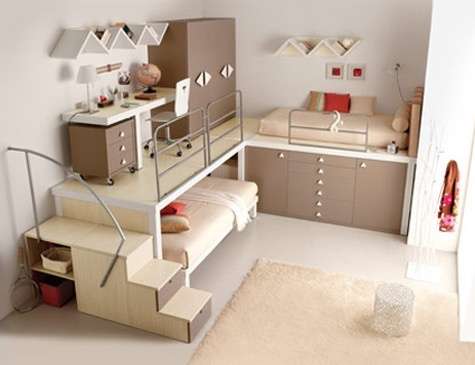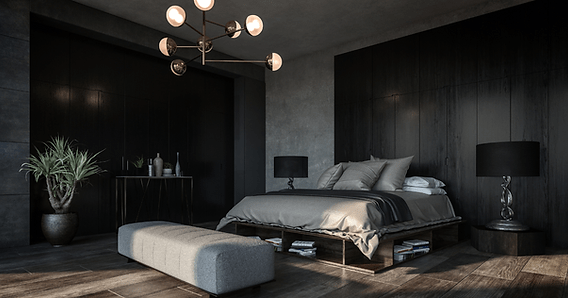The master bedroom, a space for relaxation and rejuvenation, deserves a design that reflects tranquility and personal style. Forget mundane walls and ceilings; let’s explore the captivating world of Plaster of Paris (POP) design to transform your master bedroom into a breathtaking sanctuary. From intricate ceiling patterns to subtle wall accents, POP offers endless possibilities to add depth, texture, and a touch of elegance. We’ll delve into innovative ideas that go beyond the ordinary, ensuring your master bedroom becomes a true reflection of your unique taste and comfort while taking into account practical concerns like budget and maintenance.
Unlocking the Potential of POP: Key Design Elements
POP, a versatile and cost-effective material, allows for the creation of stunning visual effects in your master bedroom. Here are some key design elements to consider:
- Ceiling Designs: From coffered ceilings to intricate floral patterns, POP can transform a plain ceiling into a work of art. Consider incorporating recessed lighting to further enhance the design.
- Wall Accents: Add dimension and visual interest with POP-designed wall panels, borders, or niches. These can be customized to complement your existing décor.
- Cornices and Moldings: Elegant cornices and moldings can add a touch of sophistication and define the architectural lines of your room.
- Headboard Designs: Create a unique and personalized headboard using POP. This can be integrated with the overall wall design for a cohesive look.
Beyond the Basics: Innovative POP Design Ideas
Ready to take your master bedroom POP design to the next level? Here are some innovative ideas to inspire you:
Geometric Patterns for a Modern Touch
Embrace clean lines and contemporary style with geometric POP designs. Consider incorporating angular patterns on the ceiling or walls to create a visually striking effect. This works particularly well in modern or minimalist bedrooms.
Floral Motifs for a Romantic Ambiance
For a more romantic and feminine feel, opt for delicate floral motifs. These can be incorporated into ceiling designs, wall panels, or even headboards. Soft, muted colors will further enhance the romantic ambiance.
Integrated Lighting for a Dramatic Effect
Combine POP designs with integrated lighting to create a dramatic and atmospheric effect. Recessed lighting, cove lighting, or even backlighting can highlight the intricate details of your POP designs and add depth to your room. The combination of POP and lighting can create a truly stunning visual.
Practical Considerations: Budget and Maintenance
Before embarking on your master bedroom POP design journey, it’s crucial to consider both budget and maintenance requirements. The cost of POP design can vary depending on the complexity of the design, the size of the area, and the expertise of the contractor. Regularly dusting and cleaning your POP surfaces will help maintain their appearance and prevent damage.
Choosing the Right POP Design for Your Master Bedroom
Ultimately, the best POP design for your master bedroom is one that reflects your personal style and complements your existing décor. Consider the size and layout of your room, your budget, and your desired aesthetic when making your decision. With careful planning and execution, you can transform your master bedroom into a stunning and relaxing sanctuary. Remember that the ideal **master bedroom pop design for bedroom** should be both beautiful and functional, enhancing the overall comfort and appeal of your personal space. The right design can truly elevate your sanctuary.
Selecting the right contractor is paramount to the success of your POP design project. Look for experienced professionals with a proven track record of delivering high-quality work. Request portfolios and references to assess their expertise and ensure they can execute your vision effectively. A reputable contractor will also be able to advise on the best materials and techniques to use, ensuring the longevity and durability of your POP designs.
BEYOND AESTHETICS: THE FUNCTIONAL BENEFITS OF POP
While POP is often associated with aesthetics, it also offers several functional benefits. These include:
– Insulation: POP can provide a degree of thermal insulation, helping to regulate the temperature in your master bedroom.
– Soundproofing: POP can also contribute to soundproofing, reducing noise levels and creating a more peaceful environment.
– Fire Resistance: POP is a fire-resistant material, providing an added layer of safety to your home.
– Concealing Imperfections: POP can be used to conceal imperfections in walls and ceilings, creating a smooth and flawless surface.
DIY VS. PROFESSIONAL INSTALLATION: WEIGHING YOUR OPTIONS
While smaller POP projects, such as installing cornices or moldings, may be suitable for DIY enthusiasts, more complex designs are best left to professionals. Professional installation ensures a high-quality finish and minimizes the risk of errors. Attempting a complex DIY project without the necessary skills and experience could result in a subpar outcome and potentially costly repairs. Factor in the cost of tools, materials, and your time when considering the DIY option. Sometimes, the peace of mind and guaranteed results of professional installation are well worth the investment.
MAINTAINING YOUR POP DESIGNS FOR LASTING BEAUTY
Proper maintenance is essential to preserving the beauty and integrity of your POP designs. Regularly dust your POP surfaces with a soft cloth or brush to prevent the buildup of dirt and grime. Avoid using harsh chemicals or abrasive cleaners, as these can damage the surface. For stubborn stains, use a mild soap solution and a damp cloth. Promptly repair any cracks or damage to prevent further deterioration. With proper care, your POP designs will continue to enhance your master bedroom for years to come.







